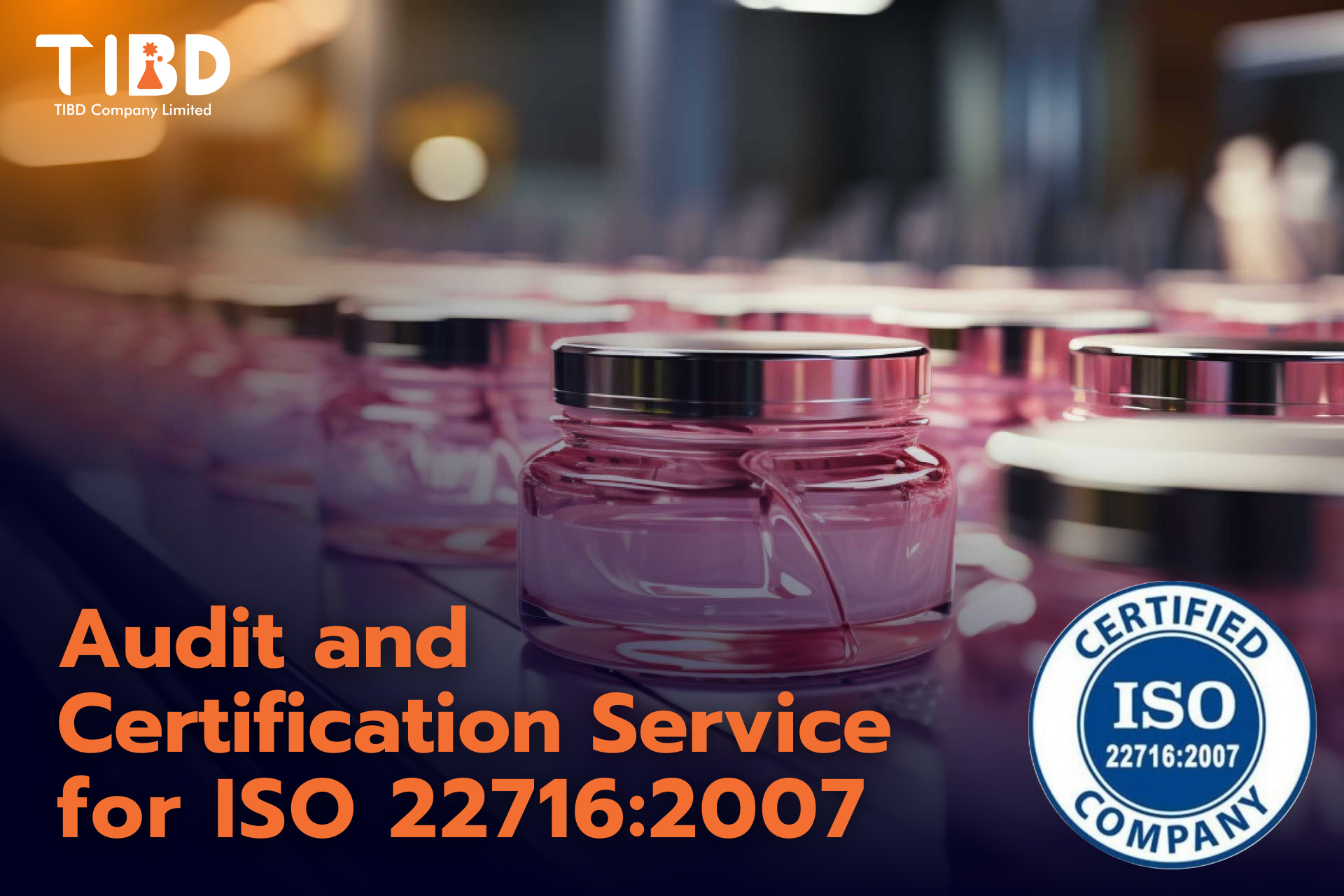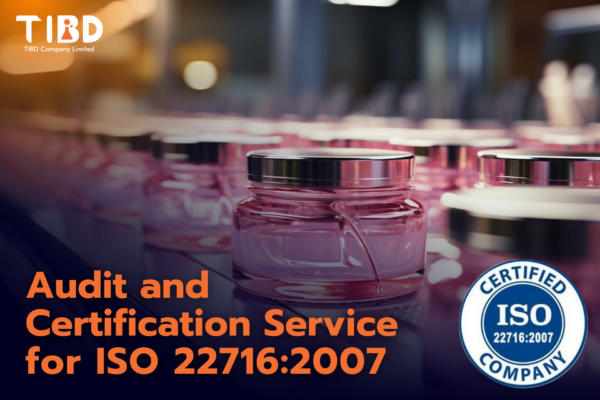Understanding ISO 22716:2007
ISO 22716, also known as Cosmetic GMP (Good Manufacturing Practices), is a crucial standard for cosmetic businesses aiming to distribute their products in the European Union. This standard covers all processes from production to the end user for businesses operating in the cosmetics manufacturing sector and related companies, such as suppliers and import/export companies. The ISO standard encompasses quality control of production, storage, packaging and labeling, traceability, transportation, as well as document and quality record management. It provides guidelines for managing factors that can affect the quality of cosmetic products.
Why is ISO 22716:2007 Important?
The cosmetics industry directly impacts consumer health. Consumers are often concerned about the quality and safety of cosmetics they use, as these products come into direct contact with the skin. With the wide variety of cosmetic products available, businesses compete by creating standout products to attract consumers, incorporating colors, fragrances, extracts, and preservatives. These components must be controlled to prevent irritation, and the various processes can also affect the product’s quality. Therefore, consumers need assurance that the cosmetics they use are produced under reliable standards from certified manufacturing facilities. Although this ISO standard is specifically for cosmetics distributed in Europe, other countries’ cosmetic industries can also implement it to elevate quality and credibility.
Who Should Implement This Standard?
- Businesses/Organizations in the cosmetics industry planning to enter the global market.
- Businesses/Organizations in the cosmetics industry aiming to elevate standards and build credibility in product quality.
- Cosmetic manufacturing factories.
- Brand owners.
- Production: Ensuring production processes meet international standards to guarantee product quality, safety, and legal compliance.
- Quality Control: Implementing effective quality control systems to monitor, track, and ensure product quality at all stages of the process.
- Distribution: Establishing proper, transparent, and traceable distribution systems to ensure products reach consumers safely.
- Builds Credibility: Establishes guidelines for production, control, storage, and distribution of cosmetic products, enabling organizations to meet customer demands efficiently.
- Reduces Risks: By setting control guidelines in production, it minimizes errors during production and prevents incidents that could harm consumers or damage the organization’s reputation.
- Enhances Production Efficiency: Improves workflow efficiency, reduces production risks, and leads to increased productivity and cost-effectiveness in cosmetic product manufacturing.
- Facilitates Market Entry: As an internationally recognized standard, ISO 22716 certification helps organizations easily access global health and beauty markets.
- Research:
- Thoroughly understand the ISO 22716 standard, its requirements, principles, and benefits.
- Gather information about certifying bodies and prepare for their evaluation processes.
- Review sample documents and related practices.
- Develop Policies and Goals:
- Create policies for production, quality control, and distribution of cosmetic products, stating the organization’s intentions and commitment.
- Set measurable goals that align with the policies.
- Organizational Structure and Responsibilities:
- Define the organizational structure and responsibilities of individuals involved in the management system.
- Appoint a management system representative with the authority and responsibility for system operations.
- Documentation:
- Prepare a management system manual detailing the system, processes, and practices.
- Create supporting documents such as standard operating procedures, quality control records, and training documents.
- Employee Training:
- Train all employees on ISO 22716 standards, the management system, and individual responsibilities.
- Emphasize the importance of the management system.
- System Testing:
- Test the management system to identify weaknesses and areas for improvement.
- Implement corrective actions to enhance system effectiveness.
- Certification Audit:
- Apply for an audit with a certifying body.
- Prepare necessary documents and information.
- Cooperate with auditors during the evaluation.
- Continuous Improvement:
- Regularly review the management system to identify weaknesses and opportunities for improvement.
- Continuously update the system to meet goals and customer demands.
- Consulting Services: Improving and developing standard production and quality control systems for cosmetic products.
- System Management Planning: Proper factory layout design and management planning.
- Document Preparation and Review: Ensuring documents meet standards and align with the organization.
- System Implementation and Documentation: Customizing system setup and documentation to fit the organization.
- Internal Audits: Conducting internal audits to ensure compliance.
- Pre-Audit Preparation: Preparing for certification audits to ensure readiness.
- Post-Certification Corrective Actions: Addressing deficiencies to ensure successful certification.



